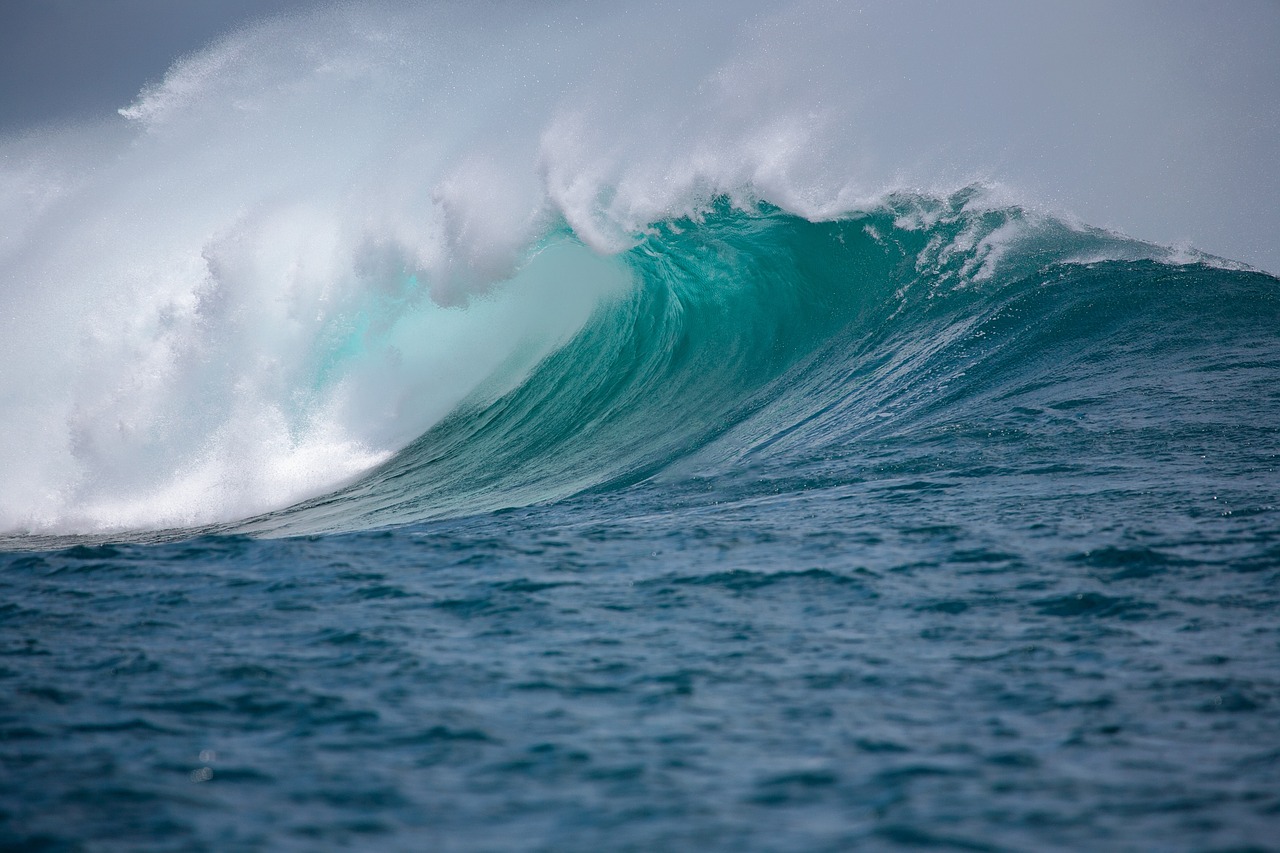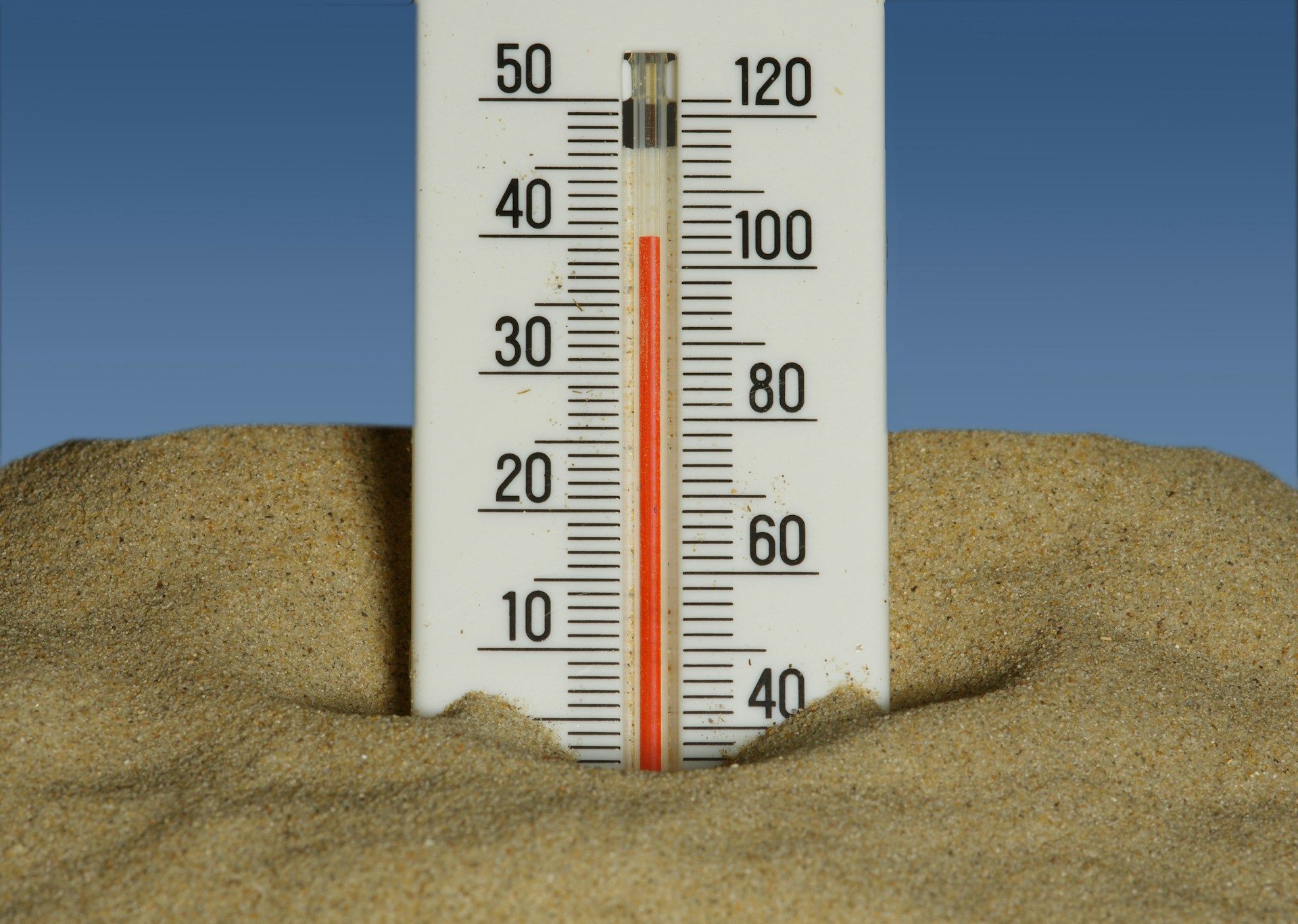Bali has seen more floods this year than it has in many years before. You have probably seen videos of tourists riding surfboards on flooded roads and villas filled with water. The Bali Meteorology, Climatology, and Geophysics Agency (BMKG) has also warned of high waves along many beaches.
Even after floods recede, the sea can stay dangerous. Underwater currents may shift, and sand bars may move. Debris from the flood can also wash into the ocean, making the water murky and hiding rocks or trash beneath the surface. This means that even when the waves look calm from the shore, there could still be hidden risks for swimmers.

The weather can still be unsettled, especially right after heavy rains and floods. The Bali Meteorology, Climatology, and Geophysics Agency (BMKG) warned that beaches like Dreamland, Suluban, and Green Bowl in Uluwatu are never really safe for swimming. These places are stunning to look at, but they have sharp reefs, powerful undercurrents, and very few lifeguards to watch over swimmers. A calm surface can quickly change, pulling people out to deeper waters before they realise what is happening.
After floods, the sea doesn’t just carry salt water. It also collects everything that was washed away from the land. Mud, branches, leaves, plastics, and even oil can flow straight into the ocean, creating cloudy, dirty water that makes it hard to swim. Rocks, sharp corals, or trash might be hidden, and swimmers can easily get cuts or bruises.
There have been reports of drownings and near-drownings on various beaches due to strong rip currents. In some cases, even experienced swimmers were caught off guard, showing just how unpredictable the sea can be. These incidents are a reminder that swimming in Bali, especially after floodwaters and rough weather, requires extra attention.

Official advice from Australia’s travel guides and BMKG says that while many Bali beaches are dangerous due to rip currents, hotel pools are much safer choices.
If you still want to go to the beach, here are some things to watch out for:
Strong waves, hidden currents, debris, and a lack of guards can make swimming unsafe even after the flood is gone. But Bali still offers safe, gentle water in the right places. Check the local news for beaches that are safe, and stay cautious. Pay attention to the weather, obey flag systems, avoid known risky zones, and choose calm spots. If you follow simple rules, Bali is still so safe and so much fun.


If you want the latest information on the best Hotel Executive Club Lounges, Hotel Kids Clubs and other travel information, be sure to sign up for our free newsletter full of tips and great travel ideas.